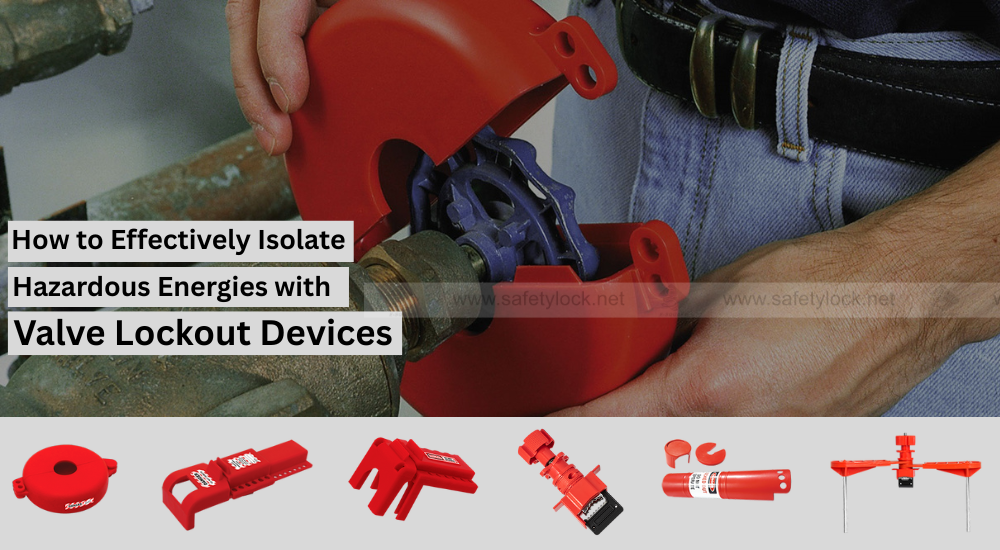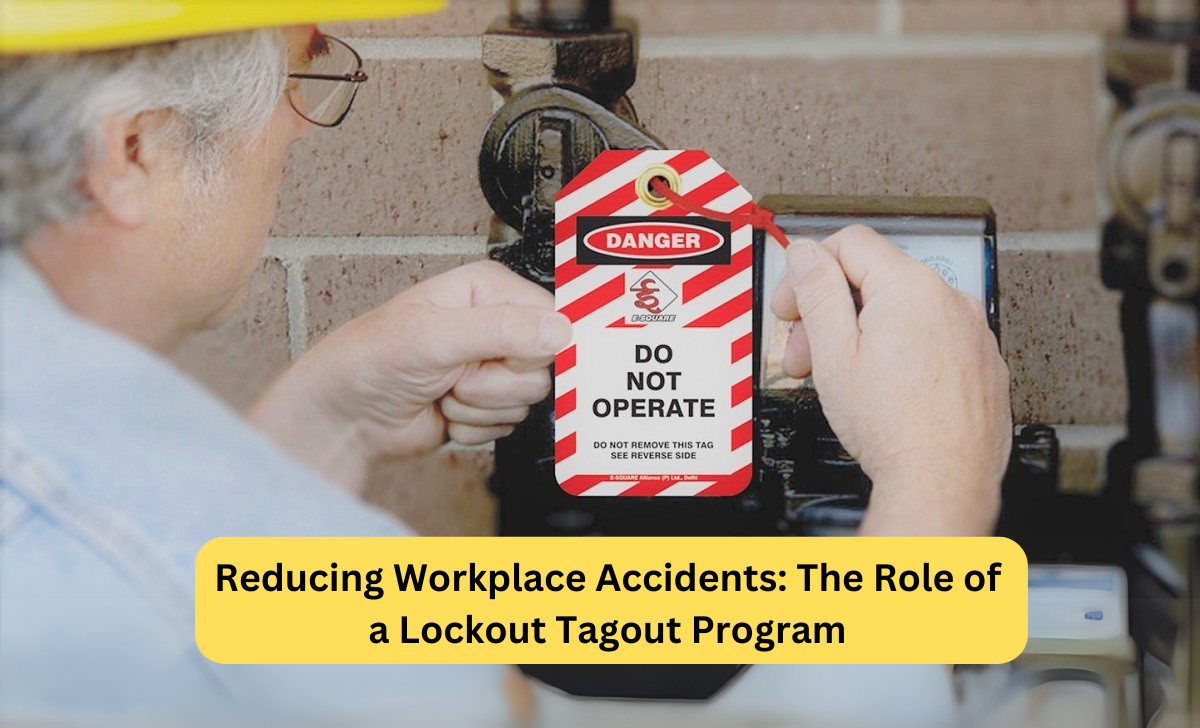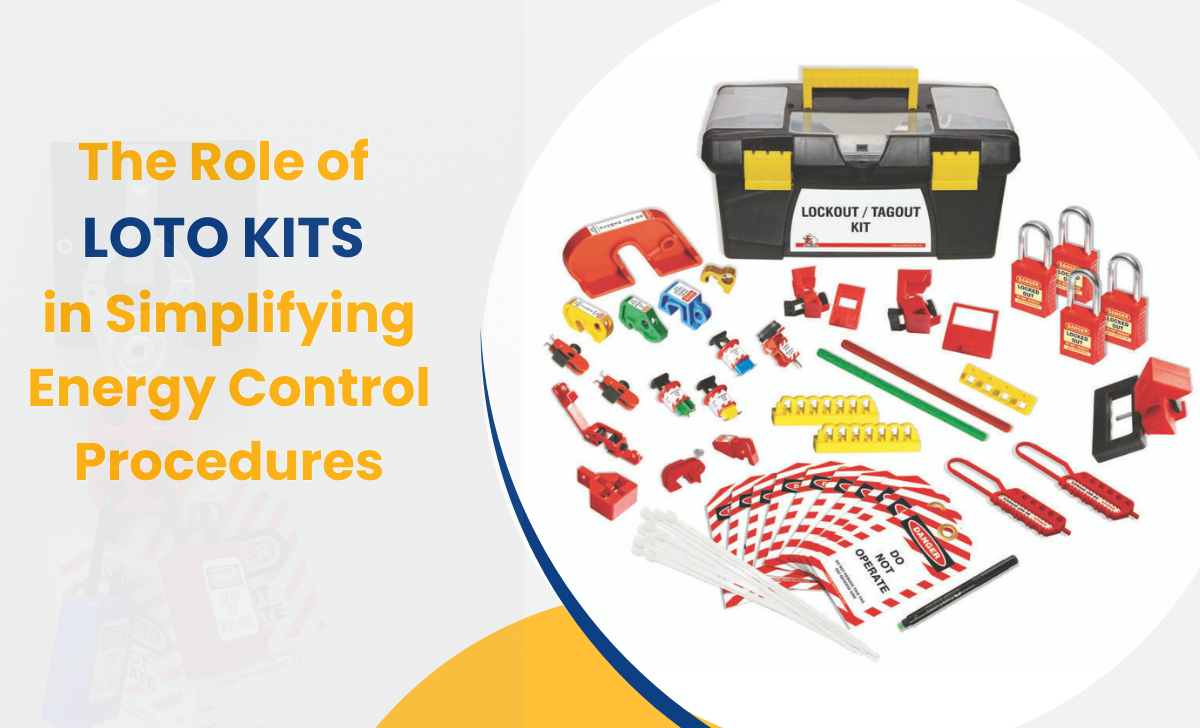How to Effectively Isolate Hazardous Energies with Valve Lockout Devices

Strong 8k brings an ultra-HD IPTV experience to your living room and your pocket.
In industrial and manufacturing environments, safety is a non-negotiable priority. One of the most critical safety concerns is the control of hazardous energy sources that power machinery and equipment. Improper control or accidental release of these energy sources - whether electrical, mechanical, hydraulic, pneumatic, or chemical - can lead to serious injuries, fatalities, or catastrophic system failures.
To combat this risk, Lockout Tagout procedures are implemented, and valve lockout devices play a pivotal role when it comes to isolating fluid or gas energy. These devices ensure that valves remain securely closed or in a "safe" position during maintenance or repair work.
Understanding Hazardous Energy in Valves
Valves are used to regulate the flow of fluids, steam, gas, and other substances in pipelines and process systems. When a valve is accidentally opened during maintenance, it can result in sudden pressure releases, toxic leaks, burns, or explosions. Hazardous energy from such valves must be properly isolated before any maintenance or servicing begins.
Valve lockout devices are mechanical tools specifically designed to prevent the movement of valve handles, thus ensuring that no one can accidentally open or close a valve while maintenance is underway.
Types of Valve Lockout Devices
Different types of valves require specific types of lockout devices. Here are the most common ones used across industries:
• Ball Valve Lockouts: Designed to clamp over the valve handle and lock it in the “off” position. They come in various sizes and styles for single or multi-handle valves.
• Gate Valve Lockouts: These are circular or cone-shaped covers that prevent access to the valve handwheel. They completely encase the valve to restrict operation.
• Butterfly Valve Lockouts: Specifically made to secure the lever handle of butterfly valves. They typically clamp around the handle and are padlocked in place.
• Plug Valve Lockouts: These are used to lock the plug in a specific position, ensuring flow control during critical servicing.
• Adjustable and Universal Valve Lockouts: Designed for irregular or uniquely shaped valves and provide flexible options for different sizes and styles.
Steps to Isolate Hazardous Energy Using Valve Lockout Devices
Here’s a structured approach to ensure valves are effectively locked out during maintenance:
1. Identify All Energy Sources
Before beginning any service work, identify all valves and pipelines connected to the equipment. Understand the energy type - whether it's gas, liquid, steam, or air and where isolation is required.
2. Shut Down the Equipment
Turn off the equipment following standard shutdown procedures. Ensure all moving parts come to a complete stop.
3. Close and Secure the Valves
Close all relevant valves that control the flow of hazardous energy to the equipment. Apply the appropriate valve lockout device to each valve. Ensure it fits snugly and prevents any movement of the valve handle or handwheel.
4. Apply Lock and Tag
Insert a padlock through the lockout device and attach a warning tag indicating the purpose of the lockout, the person responsible, and the date. This helps communicate that the equipment is under maintenance and must not be operated.
5. Verify Isolation
Test the system (without energizing) to confirm that energy has been successfully isolated. This is a critical step to ensure the lockout is effective.
Benefits of Using Valve Lockout Devices
• Enhanced Worker Safety: Prevents accidental release of hazardous substances or energy.
• Regulatory Compliance: Helps meet OSHA, ANSI, and other global safety standards.
• Visual Identification: lockout devices and tags clearly indicate locked-out equipment.
• Customizable Solutions: Various types available to fit all valve sizes and applications.
• Durable and Tamper-Resistant: Designed to withstand industrial environments and unauthorized access.
Conclusion
Effectively isolating hazardous energies is not just a best practice - it's a legal and moral obligation in industrial operations. Valve lockout devices provide a reliable, physical barrier that prevents valve operation during maintenance, drastically reducing the risk of injury or incident. From ball and gate valves to specialized plug or butterfly valves, having the right lockout tools ensures a safer and more compliant work environment.
Investing in the proper valve lockout devices and training your team on their correct use can significantly transform your facility’s safety culture - creating a secure environment where everyone is protected.
Note: IndiBlogHub features both user-submitted and editorial content. We do not verify third-party contributions. Read our Disclaimer and Privacy Policyfor details.







